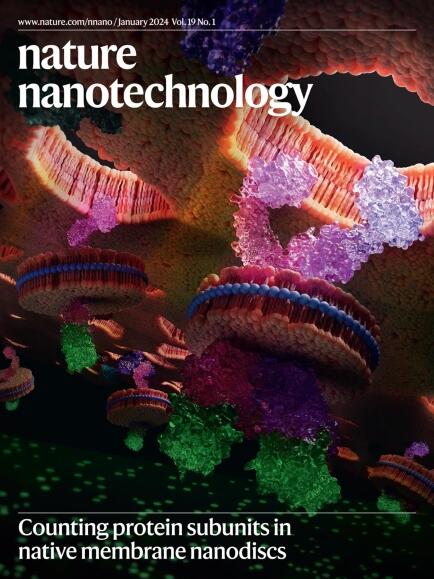Enhancing spectroscopy and microscopy with emerging methods in photon correlation and quantum illumination
IF 34.9
1区 材料科学
Q1 MATERIALS SCIENCE, MULTIDISCIPLINARY
引用次数: 0
Abstract
Quantum optics has led to important advancements in our ability to prepare and detect correlations between individual photons. Its principles are increasingly translated into nanoscale characterization tools, furthering methods in spectroscopy, microscopy and metrology. In this Review, we discuss the rapid progress in this field driven by advanced technologies of single-photon detectors and quantum-light sources, including time-resolved single-photon counting cameras, superconducting nanowire single-photon detectors and entangled photon sources of increasing brightness. We emphasize emerging applications in super-resolution microscopy, measurements below classical noise limits and photon-number-resolved spectroscopy—a powerful paradigm for the characterization of nanoscale electronic materials. We conclude by discussing key technological challenges and future opportunities in materials science and bionanophotonics alike. This Review discusses single-photon detectors and quantum-light sources for super-resolution microscopy, measurements below classical noise limits and photon-number-resolved spectroscopy as emerging tools for nanoscale electronic materials characterization and bioimaging.

利用光子相关和量子照明的新方法增强光谱学和显微学。
量子光学在我们准备和探测单个光子之间的相关性方面取得了重要进展。它的原理越来越多地转化为纳米级表征工具,促进了光谱学,显微镜和计量学的方法。在本文中,我们讨论了在单光子探测器和量子光源的先进技术的推动下,该领域的快速发展,包括时间分辨单光子计数相机,超导纳米线单光子探测器和越来越亮的纠缠光子源。我们强调在超分辨率显微镜、低于经典噪声限制的测量和光子数分辨光谱方面的新兴应用,光子数分辨光谱是表征纳米级电子材料的有力范例。最后,我们讨论了材料科学和生物光子学领域的关键技术挑战和未来机遇。
本文章由计算机程序翻译,如有差异,请以英文原文为准。
求助全文
约1分钟内获得全文
求助全文
来源期刊

Nature nanotechnology
工程技术-材料科学:综合
CiteScore
59.70
自引率
0.80%
发文量
196
审稿时长
4-8 weeks
期刊介绍:
Nature Nanotechnology is a prestigious journal that publishes high-quality papers in various areas of nanoscience and nanotechnology. The journal focuses on the design, characterization, and production of structures, devices, and systems that manipulate and control materials at atomic, molecular, and macromolecular scales. It encompasses both bottom-up and top-down approaches, as well as their combinations.
Furthermore, Nature Nanotechnology fosters the exchange of ideas among researchers from diverse disciplines such as chemistry, physics, material science, biomedical research, engineering, and more. It promotes collaboration at the forefront of this multidisciplinary field. The journal covers a wide range of topics, from fundamental research in physics, chemistry, and biology, including computational work and simulations, to the development of innovative devices and technologies for various industrial sectors such as information technology, medicine, manufacturing, high-performance materials, energy, and environmental technologies. It includes coverage of organic, inorganic, and hybrid materials.
 求助内容:
求助内容: 应助结果提醒方式:
应助结果提醒方式:


